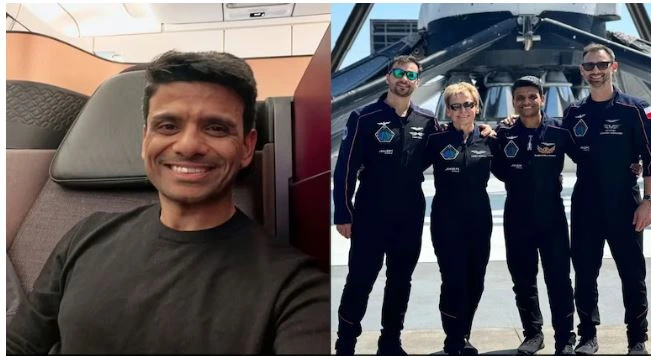Latest Science News
New material from silk protein and silver nanoparticles may make implants safe

Latest Science News
Astronaut Shubhanshu Shukla to meet PM Modi after return from historic space mission
Astronaut Shubhanshu Shukla, who recently returned from the ISS as part of the Axiom-4 mission, will meet PM Modi this evening. Parliament will also hold a special discussion on his historic journey.
India News
Shubhanshu Shukla pens emotional note as he returns to India after space mission
Indian astronaut Shubhanshu Shukla penned an emotional Instagram post as he returned to India after his 18-day ISS mission, marking a milestone in India’s space journey.
Latest Science News
Shubhanshu Shukla becomes second Indian in space, lifts off for ISS aboard Axiom-4 mission
Group Captain Shubhanshu Shukla becomes the second Indian astronaut to travel to space after four decades, aboard the Axiom-4 mission to the International Space Station.
-

 India News23 hours ago
India News23 hours agoRs 20,000 fine or forced return as Delhi turns away old vehicles at borders amid severe pollution
-
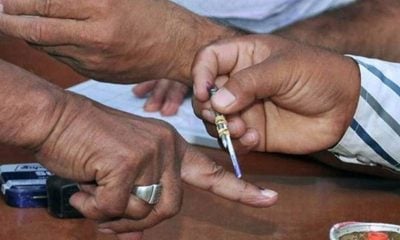
 India News16 hours ago
India News16 hours agoAAP dominates Punjab zila parishad polls, leads in most panchayat samiti zones
-

 India News22 hours ago
India News22 hours agoParliament passes bill to allow 100% foreign investment in insurance sector
-
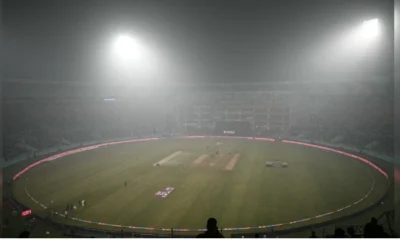
 Cricket news21 hours ago
Cricket news21 hours agoIndia vs South Africa T20I abandoned due to fog raises questions over BCCI scheduling
-
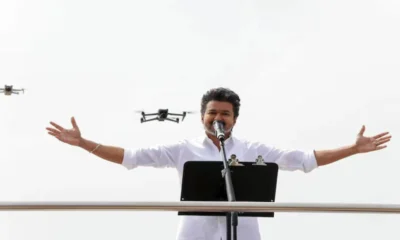
 India News21 hours ago
India News21 hours agoVijay signals political push with TVK rally as last film Jana Nayagan promotion aligns with 2026 polls
-
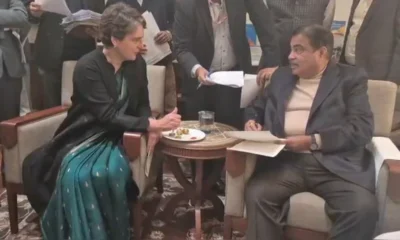
 India News16 hours ago
India News16 hours agoPriyanka Gandhi meets Nitin Gadkari over Kerala road projects, light moments mark discussion
-
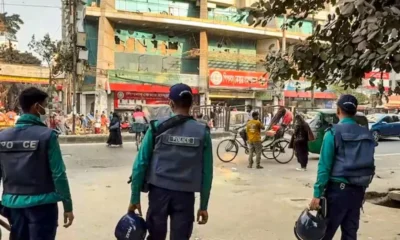
 Latest world news16 hours ago
Latest world news16 hours agoIndia closes two more visa centres in Bangladesh amid worsening security concerns





